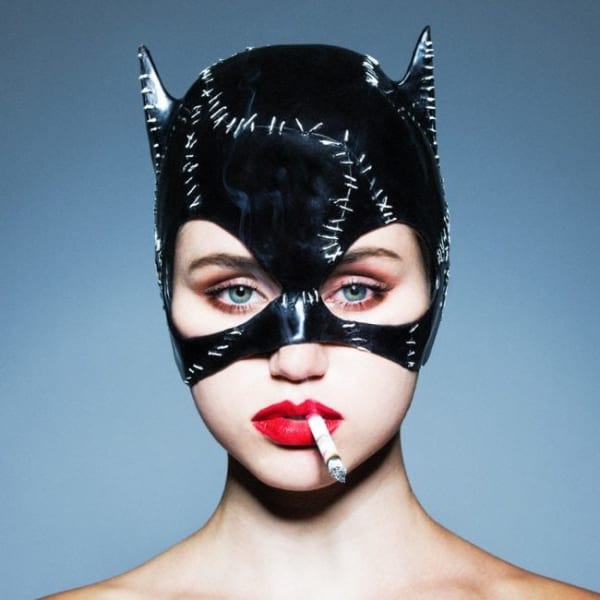
Tyler Shields
45.7 x 45.7 cm
Beyond exclusively photographing on film, Tyler Shields honors his predecessors by keeping the legacy of early print types alive. From Dye Transfers to Platinum Palladiums, Shields recognizes that a photograph is not complete until it is printed and on the wall.
The Platinum Palladium method is one of the earliest forms of printing, dating back to 1873. Each piece is processed by hand, resulting in a painterly-like effect. Platinum prints are made to last over 1,000 years, making them the most archivable form of photography. Renowned for its permanence and tonal richness, this method involves hand-coating fine art paper with a light-sensitive mixture of platinum and palladium metals. When exposed to ultraviolet light, the coated paper creates a contact print from a large format negative. The resulting image is characterized by a broad tonal range, exquisite detail, and a luxurious matte finish. Platinum-palladium prints are celebrated for their longevity, often lasting for centuries without fading. This process has a devoted following among fine art photographers and collectors, as it combines the aesthetics of the past with the enduring quality of the materials, creating truly timeless works of art.
Dye transfer printing is a complex and labor-intensive photographic printing process that was popular in the mid-20th century, known for its exceptional color accuracy and vibrancy. In this technique, a color image is separated into three primary colors (red, green, and blue), each of which is transferred to a gelatin matrix sheet using a dye solution. The resulting three matrices are then pressed onto a single sheet of paper, layering the dyes to recreate the full spectrum of colors. Dye transfer printing offers unparalleled color control, allowing for fine adjustments and stunningly accurate reproductions. Although it's a time-consuming and meticulous process, the results are characterized by rich, saturated colors and a level of detail that made it a preferred choice for many photographers and printmakers in the past. While it has become less common in the digital age, dye transfer printing remains a celebrated and historical technique within the realm of photography and printmaking.
Join our mailing list
* denotes required fields
We will process the personal data you have supplied in accordance with our privacy policy (available on request). You can unsubscribe or change your preferences at any time by clicking the link in our emails.
This website uses cookies
This site uses cookies to help make it more useful to you. Find out more about cookies.







